I started by looking at torso art in books, then museums and especially looking anew at torso sculptures made by friends. I also decided include my own body in my education. So I have begun a class in Tai-Chi, and have taken up yoga (at 84) under the gentle care of a personal teacher. I also seek to walk more in public crowds, in order to observe people-bodies when they are the most vertical and alive. In other words, I’m on the lookout for new ways that get me closer to the qualities I want to express, like the way a desert carapace (shell) left behind by an evolving beetle, seems to uncannily still reflect the life that once occupied.
In this study of torsos, I also remember my student days in Florence Italy when I went almost weekly to the Academia to re-visit Michelangelo’s young David (Figure 1). I would walk slowly around (and below) that grand white torso trying to absorb its presence, a wonder of art-making that stretched my ability to imagine how a single man could hand-make such a creation, with only a chisel and hammer.Or remembering a week in Rome standing before Giacamo Manzu’s Doors of Death at the Vatican where I first saw the extraordinary detail of the heavy torso of Christ being lowered from the Cross. (Figure 2)
Then recently in New York City I spent an afternoon at the Metropolitan Museum looking at torso sculptures from Africa (Figure 3) along with examples from our own 19th century romantic classicism. (Figure 4)
I am now seeing the art torso everywhere. At our excellent local Tucson Ballet Company I recently had the joy of seeing an extraordinary Carmina Burana in which the torso really was the medium. The 25 or so dancers in elegantly marked flesh-colored skin suits magically became the pure essence of body, shorn of identity other than as expressions of human spirit dancing life into being with its energy flow and choreography.Surprisingly I now find sports events great torso watching. Like, at a local night baseball game when the pitcher on the mound is for a moment frozen in time and space, bending forward, his eyes peering out from under the shadow of his cap, his ball-hand behind him, studying his catcher’s signal. And that same suspended moment, every player around the field is frozen with attention too, just before the ball is thrown, a game moment that is totally still but full of life.
Lastly in the midst of my torso education I am seeing the work of my long time sculptor-artist friends with new eyes. We have a wealth of great sculptors in Tucson. Like the mixed-media assemblage torsos (featured in this Window recently) by Imo Baird (Figure 5) or the carapace-like shell torsos of Judy Stewart (Figure 6), and the totem presence of the ceramic sculptures of Joy Fox (Figure 7). Then there are the futuristic essence torsos of Steve Romaniello (Figure 8), and the solid feeling of mass in the figures of Curt Brill. (Figure 9)Maybe in my next life I will be ready to join my sculpture friends, but for now am at least a new enthusiast exploring the aesthetic range of the medium of the human torso in space.*
*Meanwhile those of you at The Drawing Studio who would like to explore the torso might join the open-studio drawing program, or enroll in one of Pat Dolan’s art and movement classes, or join me on January 30 for a one-day large scale human figure drawing seminar.
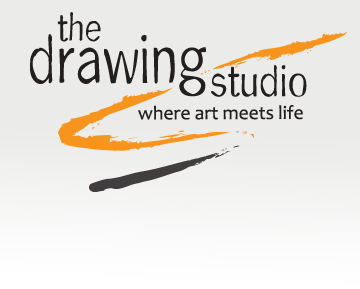
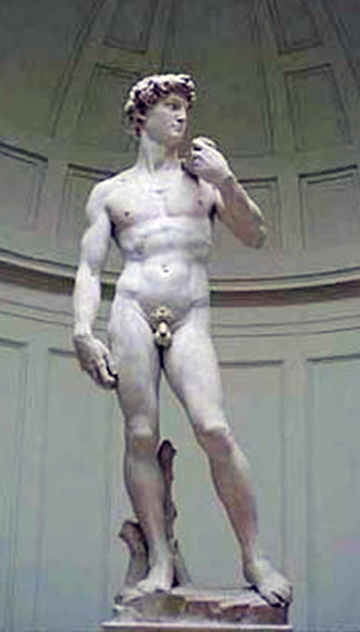
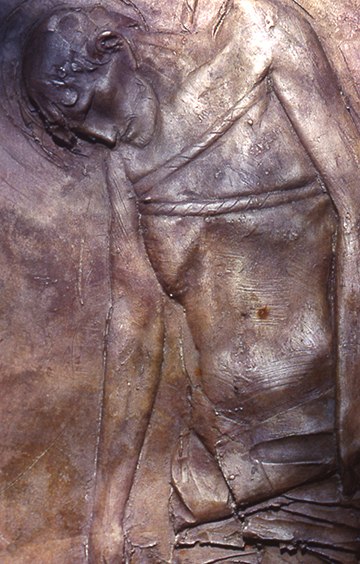

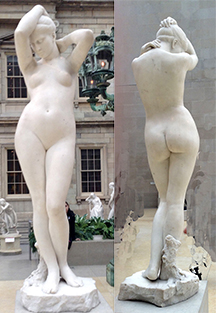
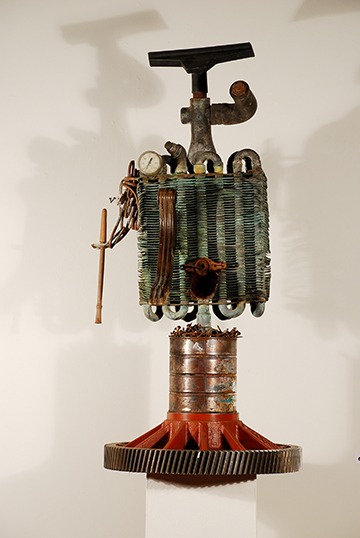
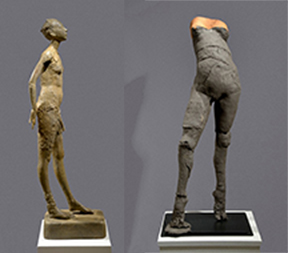
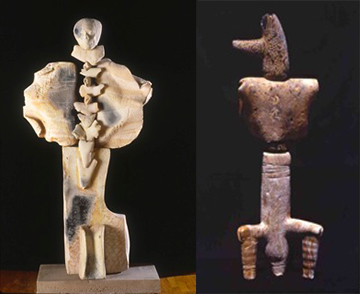
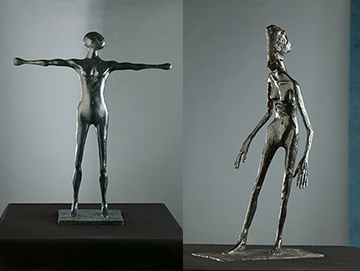
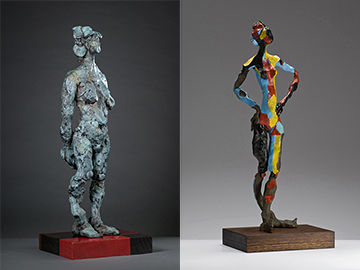
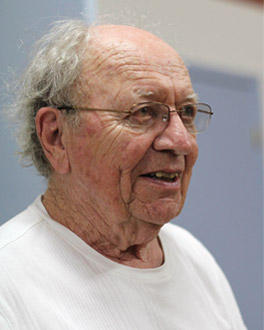
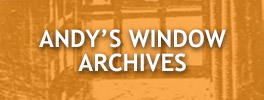

One Response to The Torso as a Cross-Cultural Art Medium